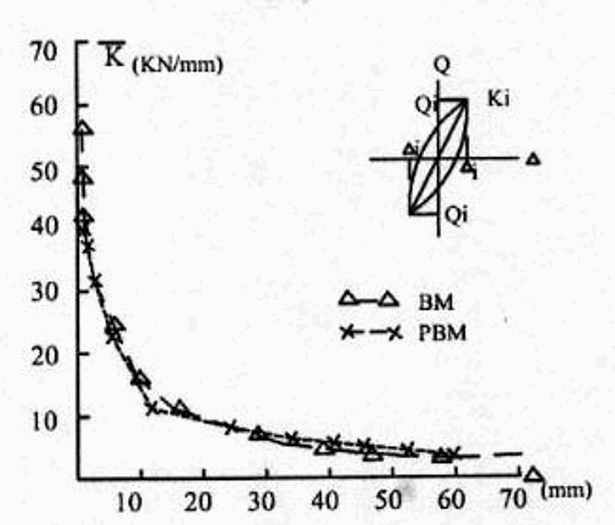Luo Wankang[1], Xiang Hui[2], and Li Xijun[3]
- Professor, Civil Engineering Dep. Chongqing JianZhu University, Chongqing, 400045, China. E-mail: jgong@cqjzu.edu.cn
- Student, Civil Engineering Dep. Chongqing JianZhu University, Chongqing, 400045, China. E-mail: jgong@cqjzu.edu.cn
- Student, Civil Engineering Dep. Chongqing JianZhu University, Chongqing, 400045, China. E-mail: jgong@cqjzu.edu.cn
ABSTRACT
By testing two 1:2 prestressed and non-prestressed brick masonry building models with tie beams and tie columns under horizontal low-cycle loads, the appearance and development of cracks, stiffness, ductility, energy dissipation of the buildings were studied. Analysis of the test results indicates that prestressing on brick masonry not only can increases the anti-cracking ability to some extent, but also improves evidently the behavior of deformation and ductility. The results of this study can provide important theoretical and experimental foundation for application of the pretressed brick masonry buildings in seismic zones.
Key Words: Prestressed; low-cycle load; ductility; energy dissipation
PSTRSS03



